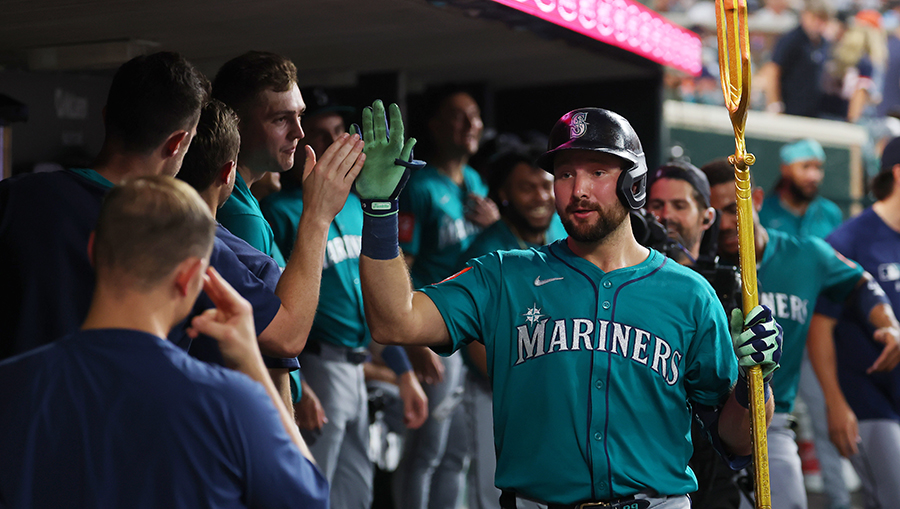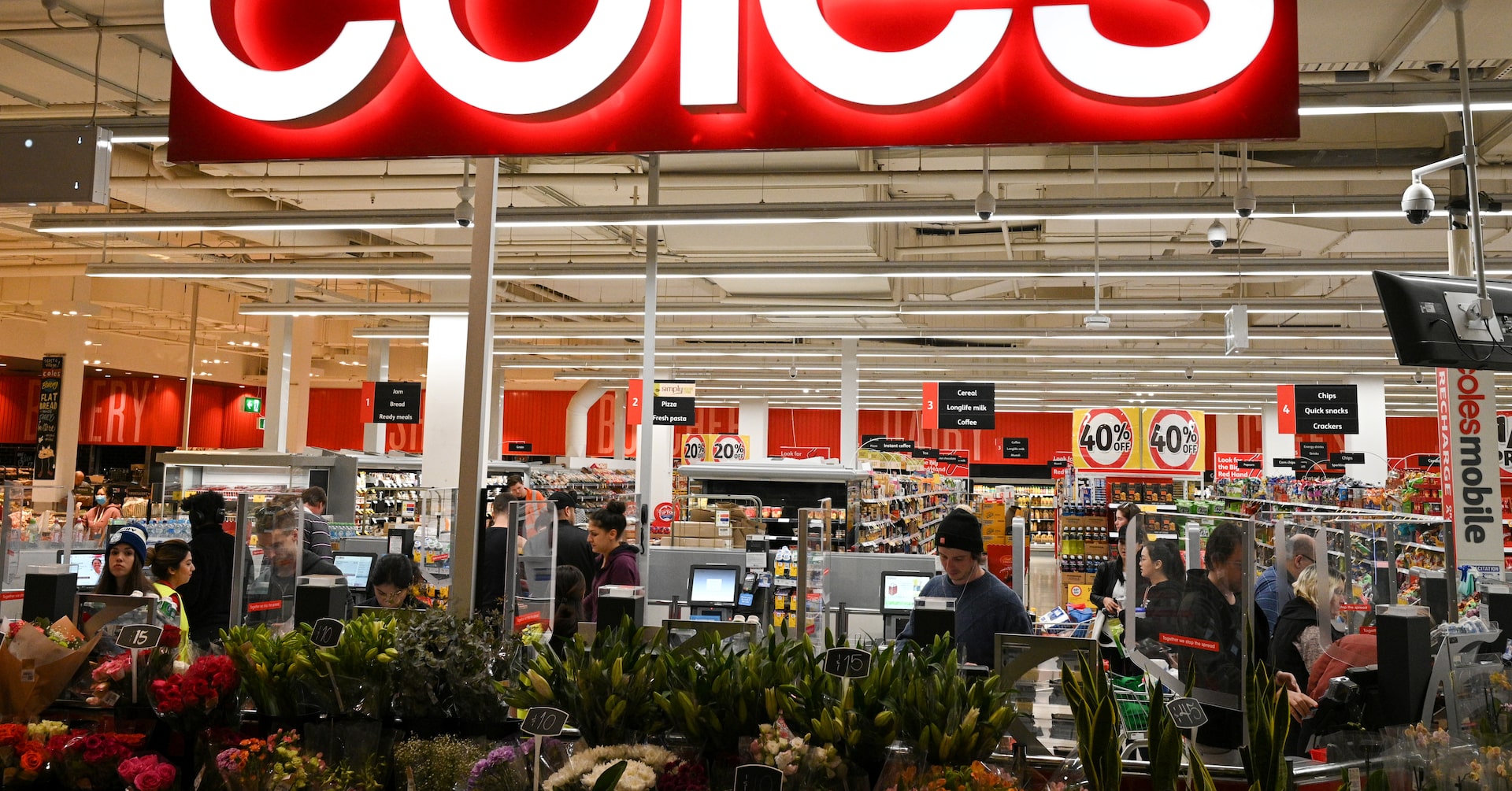Business
Marginal Propensity to Consume (MPC) – Definition, Formula & Importance

The concept of Marginal Propensity to Consume (MPC) is crucial in understanding the spending habits of consumers and the overall impact of government policies on an economy. MPC is defined as the proportion of an additional income that is spent on consumption, and it plays a critical role in determining the multiplier effect of government spending and tax policies. This article will provide an in-depth analysis of MPC, its formula, and its importance in economic theory.
What is Marginal Propensity to Consume (MPC)?
MPC is the proportion of an additional income that is spent on consumption. It is a measure of the responsiveness of consumer spending to changes in income. The MPC is always less than 1, as some portion of additional income is typically saved rather than spent. In other words, the MPC indicates the extent to which an additional dollar of income leads to an increase in consumer spending.
For example, if an individual has an MPC of 0.80, it means that for every additional dollar of income received, he or she will spend 80 cents on consumption and save the remaining 20 cents. Alternatively, if an individual has an MPC of 0.50, it means that for every additional dollar of income received, he or she will spend 50 cents on consumption and save the remaining 50 cents.
Formula for Marginal Propensity to Consume:
The formula for MPC is the change in consumption divided by the change in income. Mathematically, it can be expressed as follows:
MPC = ΔC/ΔY
Where:
ΔC = Change in consumption
ΔY = Change in income
Importance of Marginal Propensity to Consume:
MPC is a critical concept in economic theory because it helps in determining the multiplier effect of government spending and tax policies. The multiplier effect refers to the increase in aggregate demand that results from an increase in government spending or a decrease in taxes. The size of the multiplier effect depends on the MPC.
The higher the MPC, the larger the multiplier effect. This is because an increase in government spending or a decrease in taxes leads to an increase in disposable income, which in turn leads to an increase in consumption. This increase in consumption leads to an increase in demand for goods and services, which leads to an increase in production and income.
For example, suppose the government decides to increase spending on infrastructure projects. This increase in government spending leads to an increase in disposable income for workers in the construction industry. These workers will then spend a portion of their additional income on consumption, which leads to an increase in demand for goods and services. This increase in demand will lead to an increase in production, which will in turn lead to an increase in income for other workers and businesses in the economy. This cycle continues, and the size of the multiplier effect depends on the MPC.
Limitations of Marginal Propensity to Consume:
While MPC is a critical concept in economic theory, it has its limitations. One limitation is that it assumes that households have perfect information about their future income. In reality, households may not have perfect information, and their spending habits may be influenced by their expectations of future income.
Another limitation is that MPC assumes that households do not face liquidity constraints. In other words, it assumes that households can borrow or save at a constant interest rate. In reality, households may face liquidity constraints, which can impact their spending habits.
Marginal Propensity to Consume (MPC) is a crucial concept in economic theory that measures the proportion of an additional income that is spent on consumption. It helps in determining the multiplier effect of government spending and tax policies, and the size of the multiplier effect depends on the MPC and the initial injection of spending into the economy.
The multiplier effect can be represented by the following formula:
Multiplier = 1 / (1 – MPC)
For example, if the MPC is 0.8, the multiplier will be:
Multiplier = 1 / (1 – 0.8) = 5
This means that a $100 increase in spending will ultimately lead to a $500 increase in total output in the economy, assuming no leakages or withdrawals from the circular flow of income and expenditure.
The multiplier effect is a key concept in macroeconomics and has significant implications for fiscal and monetary policy. For example, during a recession, policymakers may use government spending as a tool to stimulate economic growth. By increasing government spending, more money is injected into the economy, leading to increased consumption and investment, and ultimately, economic growth. The size of the multiplier effect will determine the effectiveness of this policy tool.
However, the multiplier effect can also work in reverse. If there is a decrease in spending in the economy, it can lead to a decrease in consumption and investment, and ultimately, economic contraction. This is known as the multiplier effect of a negative shock to the economy.
It’s worth noting that the multiplier effect is not a linear relationship. The size of the multiplier effect depends on the initial MPC and the state of the economy. In reality, there are leakages and withdrawals from the circular flow of income and expenditure, which can reduce the size of the multiplier effect.
Another factor that affects the multiplier effect is the velocity of money. The velocity of money refers to how quickly money changes hands in the economy. If money is spent quickly and frequently, it will have a larger multiplier effect than if it is spent slowly.
In conclusion, the marginal propensity to consume and the multiplier effect are important concepts in macroeconomics. The MPC determines how much of an increase in income is spent on consumption, while the multiplier effect determines the total increase in output resulting from an initial injection of spending into the economy. Understanding these concepts can help policymakers make informed decisions about fiscal and monetary policy, and can help individuals better understand their own spending habits and the broader economy.
-

 Dallas2 weeks ago
Dallas2 weeks agoDallas Wings Make Joking Comment on Indiana Fever After Upset Win
-

 News2 weeks ago
News2 weeks agoKyle Schwarber Drops Massive Hint on Staying With Phillies for ‘Period of Time’
-

 News2 weeks ago
News2 weeks ago49ers Head Coach Reveals Surprising Praise for Broncos’ Bo Nix
-

 Dallas2 weeks ago
Dallas2 weeks agoSophie Cunningham Issues Apology After Actions in Fever Loss
-

 News2 weeks ago
News2 weeks agoPhillies $100M Slugger Responds on Kyle Schwarber Potentially Joining NL Rival
-

 Dallas2 weeks ago
Dallas2 weeks agoCowboys Reveal Surprise View With Luke Schoonmaker Prediction
-

 News2 weeks ago
News2 weeks agoReporters Complain About DC Crime Before Trump Federalizes DC Police
-

 News2 weeks ago
News2 weeks agoAnn Wilson of Heart returns from cancer battle to concert stage






